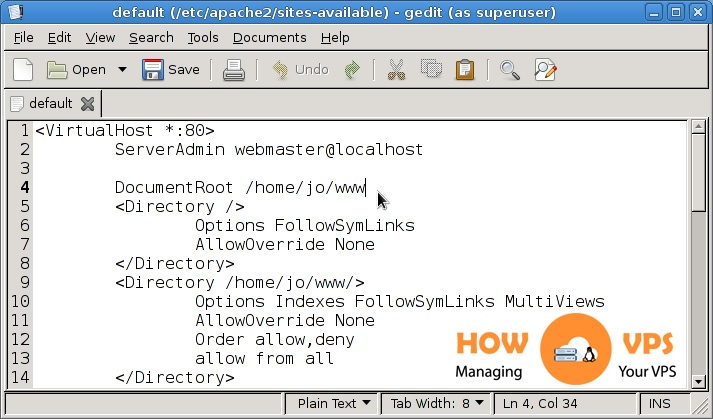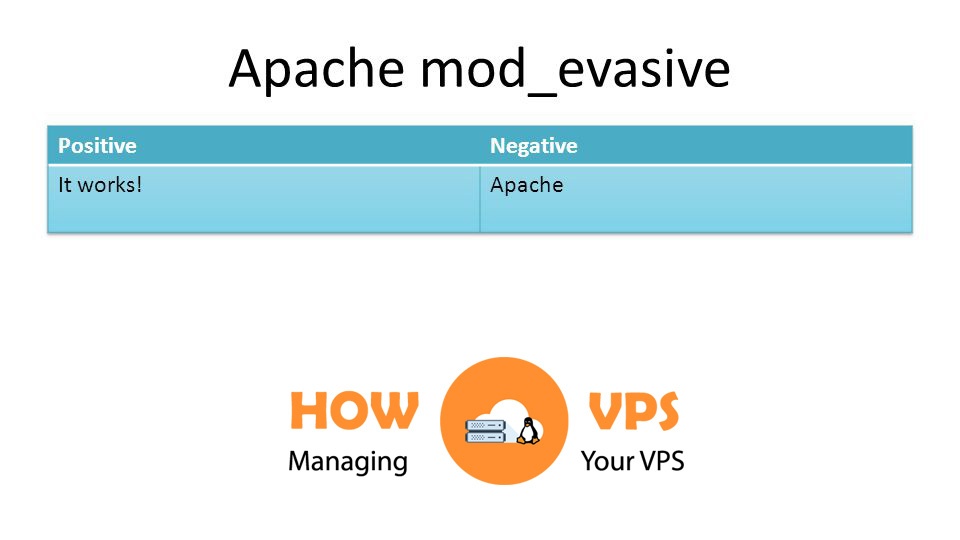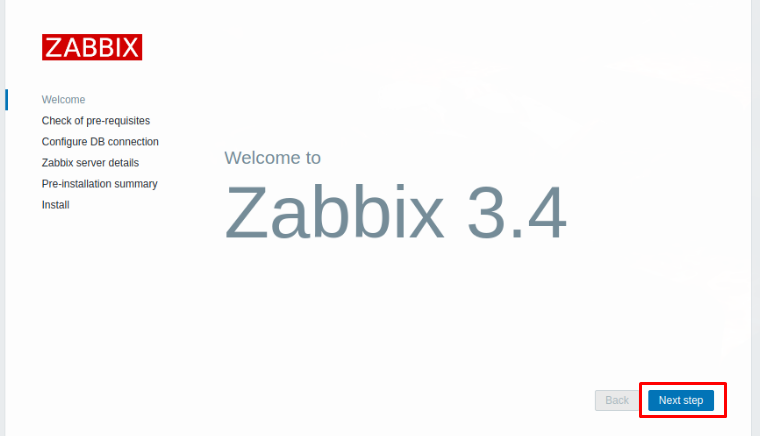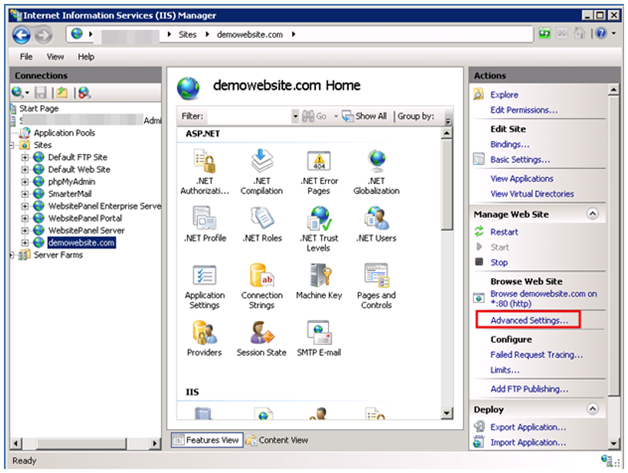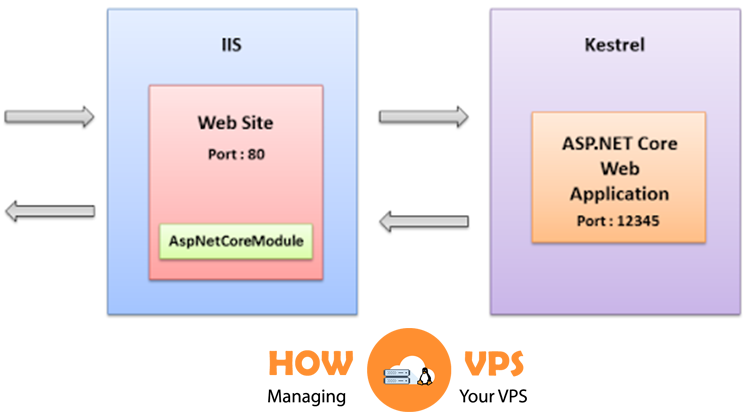In this article, we’re going to provide hosters with all the information about how to utilize the Microsoft Administration Pack in their hosting operations and settings. The screenshot below represents the fresh module icons located in IIS Manager after the installation of the Administration Pack. The Administration Pack offers to hosters and their clients a collection of IIS Manager Elements they need for engaging in the following tasks:
- To edit the settings of server configuration settings. However, this task is allowed only to administrators.
- To handle and take care of the FastCGI configurations.
- To handle ASP.NET authentication.
- To manage customized errors.
- To write and make adjustments to HTTP request filtering regulation.

When making use of the Administration Pack in combined hosting environments <link: to shared hosting config article>, it ought to be installed on every Web server in the group. When utilizing pre-created pictures, you should make the Administration Pack part of the image utilized to create the farm servers. The IIS 7.0 Administration Pack is an addition to the collection of administrative features that come with IIS 7.0 to include Administration UI support for ASP.NET authentication, custom errors, FastCGI setup, Request Filtering and many others. The Administration Pack additionally comes with a generic configuration editor, which is able to set any IIS 7.0 configuration setup and routinely create scripts that make the task readily replicated.
Managing Supplementary Features with IIS Manager UI Extensions
The IIS Administration Pack user interface (UI) extensions make it easy for administrators to perform configuration setups in IIS Manager for attributes that earlier could only be managed with the script or through modifications of configuration files directly. In particular, the UI extensions allow users of IIS Manager to edit FastCGI configurations. They can perform such task as generating fresh file handlers; adjust ASP.NET authentication and custom error configuration; and configure rules for HTTP request filtering.
Managing Your Setup Files with the Configuration Editor
Configuration Editor permits you to utilize IIS Manager to make alter any section, attribute, component, or set in IIS configuration files, even as it as well offers the ability to control adjustments to configuration files through integration or removal of locks. To help make configuration tasks automatic, Configuration Editor additionally offers administrators the capacity to create scripts in accordance with the actions the user takes in Configuration Editor.
Configuration Manager attributes
- To see and adjust settings specified by the configuration schema
- To create code to make tasks automatic with the use of the managed code, JavaScript, or the Command Line
- To swiftly carry out pretty-determined searches of the configuration protocol for the entire sections and the places they are being utilized
- IIS Manager UI Extensions attributes
- FastCGI user interface for handling settings and tasks like integrating a fresh file handler
- The ASP.NET user interface to handle authorization and customized errors settings for ASP.NET apps
- HTTP Request Filtering user interface to specify rules to assist in safeguarding Web apps by rebuffing HTTP requests that come with commands that are made up of possible injurious content like double-encoding or non-ASCII attributes.
Administration Pack for IIS 7.0 (x64)
Administration Pack for IIS 7.0 is a collection of tools and UI Extensions to assist you to manage your IIS 7.0 server. The elements of the Administration Pack are a group of tools that assist you to be more efficient when you utilize IIS Manager. The functionality differs and ranges from improved configuration editing abilities to setting up FastCGI on your server.
Configuration Editor:
The configuration editor element will assist you to handle your configuration files. This tool is accessible to only server managers. It helps you to make changes to any section, attribute, element or collection in your configuration file. In addition to editing these values, you are also able to lock and unlock them. The configuration editor also allows you to create scripts depending on the actions you take and also look up the file the place values are utilized.
UI Extensions:
UI Extension elements help you to handle from the IIS Manager.
- The FastCGI element helps you to handle your FastCGI settings.
- The two ASP.NET elements make it easy for you to manage your authentication and customized errors settings.
- Inthe end, the HTTP Request Filtering permits you to configure rules for HTTP request filtering.
Prerequisites
Supported Operating System is Windows Server 2008 and above. You must install Internet Information Services 7.0 and the IIS Management Console before you install the Administration Pack. You also need to set up the Administration Pack only as an administrator. If you enable User Access Control (UAC), you have to implement the “Run as Administrator” option during installation.
How To Install The Microsoft Administrative pack
To download and install the Administration Pack, follow the tips and steps we have provided below:
Step 1: Download the Microsoft Administrative Pack
To do this tap on the Download tab to begin the download. When the download is completed do any of the tips in step 2:
Step 2: Install the Microsoft Administrative Pack
- If you want to begin the installation instantly, hit on the Open or Run this program from its present location.
- If you want to make a copy of the download to your PC to finish up the installation later, save it by clicking Save or Save this program to disk.
To be able to set up the Administration Pack, you must have complete administrative permissions. To be able to achieve this, you can follow any of the two methods below:
Step 3: Log in to your computer
- Log in to your computer using the local “administrator” account before installation.
- Copy the download to your device and after, sign in with an account that has permission to operate as an administrator and open a command-prompt by right-clicking the Command Prompt menu item. You’ll find this in the Accessories menu for Windows programs. While there and select”Run as administrator”, then key in the following command to install the Microsoft Administrative Pack:
msiexec /i AdminPack_x64.msi
Note: You will need to follow the steps we have specified above because the User Account Control (UAC) security element in the Windows Server operating system will routinely deny you access if not followed.
Conclusion
These are all there is to installing and using the Microsoft Administration pack for 7.0. You should be able to install it and use it in managing your server given the information we have provided in the article. If you get stuck somewhere, do not hesitate to leverage the help of our robust community by leaving your comment.
Check out these top 3 Windows hosting services:
0


